Home>Garden Essentials>What Is A Good Soil Mix For A Japanese Maple Bonsai?
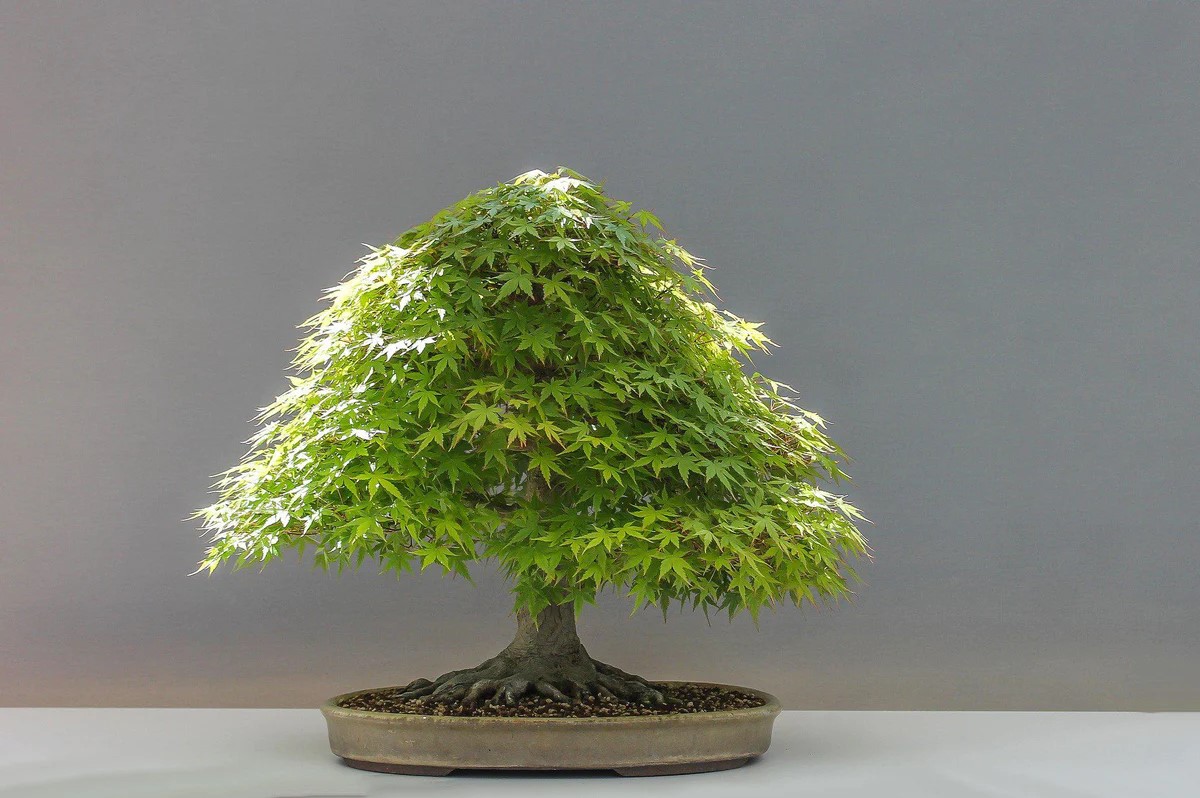

Garden Essentials
What Is A Good Soil Mix For A Japanese Maple Bonsai?
Modified: March 16, 2024
Discover the ideal soil mix for nurturing a healthy Japanese Maple Bonsai in your garden. Create optimal conditions to ensure its growth and vibrancy.
(Many of the links in this article redirect to a specific reviewed product. Your purchase of these products through affiliate links helps to generate commission for Storables.com, at no extra cost. Learn more)
Introduction
Welcome to the world of Japanese Maple Bonsai! If you’re a gardening enthusiast, you may already be familiar with the art of bonsai, where miniature trees are carefully cultivated to mimic the aesthetic of their full-sized counterparts. Japanese Maple Bonsai, in particular, offers a captivating display of delicate leaves and stunning colors that can enhance any garden or indoor space.
But to ensure the success of your Japanese Maple Bonsai, one crucial element to consider is the soil mix. The right soil mix provides a stable environment for the roots, allowing proper nutrient absorption and adequate drainage. In this article, we will delve into the intricacies of creating a good soil mix for your Japanese Maple Bonsai, helping you understand the essential components, proportions, and maintenance techniques to ensure your bonsai thrives.
Before we dive into the specifics of the soil mix, let’s take a moment to understand the unique needs of Japanese Maple Bonsai.
Key Takeaways:
- 1. The right soil mix for Japanese Maple Bonsai includes organic matter, Akadama, pumice, and lava rock. It needs to be slightly acidic and well-draining to keep the bonsai healthy.
- 2. Proper watering, pH testing, and maintenance are crucial for the bonsai’s well-being. Balance moisture, adjust pH, and follow care techniques to ensure your Japanese Maple Bonsai thrives.
Read more: What Is The Best Bonsai Soil Mix
Understanding the Needs of Japanese Maple Bonsai
Japanese Maple Bonsai (Acer Palmatum) is a popular species among bonsai enthusiasts for its delicate foliage and vibrant colors. In order to create the ideal environment for your Japanese Maple Bonsai to flourish, it’s essential to understand its specific needs.
First and foremost, Japanese Maple Bonsai prefers a slightly acidic soil with a pH of around 5.5 to 6.5. This acid-loving tree thrives in soil that mimics its natural habitat in the forest floor, where it benefits from decomposed organic matter and a well-draining medium.
Another important consideration is the root system of the Japanese Maple Bonsai. The roots are relatively shallow and spread out, so it’s crucial to provide a soil mix that allows for efficient oxygen, nutrient, and water absorption. Additionally, these bonsai trees have fine, fibrous roots that are fragile and sensitive to waterlogged conditions, making proper drainage a top priority.
Furthermore, Japanese Maple Bonsai requires a balance of moisture retention and aeration. This delicate balance ensures that the soil retains enough moisture for the tree’s hydration needs while preventing waterlogging, which can lead to root rot and other detrimental conditions.
Now that we have a better understanding of the needs of Japanese Maple Bonsai, let’s explore the essential components of a soil mix that will meet these requirements and promote healthy growth.
Essential Components of a Soil Mix for Japanese Maple Bonsai
Creating an ideal soil mix is vital for the health and well-being of your Japanese Maple Bonsai. The right combination of components will provide the necessary nutrients, moisture retention, and drainage required for your bonsai to thrive. Here are the essential components to include in your soil mix:
- Organic Matter: Incorporating organic matter into your soil mix is crucial as it improves soil structure and nutrient retention. Choose organic materials such as well-rotted compost, leaf mold, or peat moss. These materials not only provide essential nutrients but also help retain moisture without waterlogging the roots.
- Akadama: Akadama is a traditional Japanese bonsai soil component made from clay. It has excellent water retention and drainage properties, making it an ideal choice for Japanese Maple Bonsai. The granules of Akadama allow for proper root aeration while retaining sufficient moisture.
- Pumice: Adding pumice to your soil mix helps improve drainage and aeration. Pumice is a lightweight volcanic rock that aids in preventing the soil from becoming compacted over time. It also promotes healthy root development by allowing oxygen to reach the roots.
- Lava Rock: Lava rock is another component that aids in drainage and adds stability to the soil mix. Its porous nature helps regulate moisture levels, preventing overwatering and the risk of root rot. Lava rock also provides anchorage, ensuring the stability of your bonsai in the pot.
- Akadama Alternatives: If Akadama is not readily available in your area, you can consider alternatives like diatomaceous earth, calcined clay, or crushed granite. These alternatives should possess similar water retention and drainage properties to ensure the health of your Japanese Maple Bonsai.
- Perlite: Perlite is a lightweight, volcanic mineral that improves aeration and prevents soil compaction. It also helps with water drainage, reducing the risk of waterlogged roots. Adding perlite to your soil mix ensures sufficient oxygen supply to the roots, promoting healthy growth.
By combining these essential components in the right proportions, you can create a well-balanced soil mix that meets the specific requirements of Japanese Maple Bonsai. The next step is understanding the appropriate proportions and preparing the soil mix, which we’ll explore in the next section.
Proportion and Preparation of Soil Mix for Japanese Maple Bonsai
Creating the right proportion of soil mix is crucial to ensure that your Japanese Maple Bonsai receives the right balance of nutrients, water retention, and drainage. Here’s a general guideline for preparing the soil mix:
1. Start by mixing approximately equal parts of Akadama, pumice, and organic matter. For example, you can use a ratio of 1:1:1, or adjust the proportions slightly based on the specific needs of your bonsai tree.
2. If you are using an alternative to Akadama, such as diatomaceous earth or calcined clay, adjust the proportions accordingly. Aim for a mix that retains moisture but also allows for proper drainage. A typical ratio could be 2 parts Akadama alternative, 1 part pumice, and 1 part organic matter.
3. If you want to enhance aeration and drainage, you can increase the proportion of pumice or incorporate lava rock into the mix. This will create a more porous environment for the roots to thrive.
4. Thoroughly mix the components together, ensuring that they are evenly distributed. This will ensure consistency throughout the soil mix and promote even water distribution when watering your bonsai.
5. Before repotting your Japanese Maple Bonsai, make sure to sift the soil mix to remove any fine particles or debris. This will provide a clean, well-structured soil mix that is free from contaminants.
Remember, the proportions mentioned above are just guidelines. It’s essential to monitor the moisture levels, drainage, and overall health of your bonsai tree. Adjustments to the soil mix may be necessary over time based on the specific needs of your Japanese Maple Bonsai.
Now that you have prepared the soil mix, it’s important to ensure that the pH level of the soil is suitable for your bonsai. In the next section, we will discuss how to test and adjust the soil pH for Japanese Maple Bonsai.
A good soil mix for a Japanese Maple Bonsai should be well-draining and slightly acidic. A mix of 50% Akadama, 25% pumice, and 25% lava rock is ideal. This will provide good aeration and water retention for healthy root growth.
Testing and Adjusting Soil pH for Japanese Maple Bonsai
Maintaining the correct pH level in the soil is crucial for the health and well-being of your Japanese Maple Bonsai. The ideal pH range for these bonsai trees is slightly acidic, typically around 5.5 to 6.5. Here’s how you can test and adjust the pH of the soil:
Testing Soil pH:
1. Obtain a pH testing kit or a soil pH meter from your local garden center. These tools are readily available and will allow you to accurately measure the pH level of your soil.
2. Collect a soil sample from the root zone of your Japanese Maple Bonsai. Make sure to gather a sample that represents the overall composition of the soil mix.
3. Follow the instructions provided with your pH testing kit or soil pH meter to conduct the test. Typically, you will mix the soil sample with a testing solution and observe the color change or use a probe to measure the pH directly.
4. Compare the results with the ideal pH range for your Japanese Maple Bonsai. If the pH level is outside the recommended range, adjustments may be necessary.
Adjusting Soil pH:
1. If the pH level is too high (alkaline), you can lower it by incorporating acidifying agents into the soil mix. Suitable options include sulfur, ammonium sulfate, or iron sulfate. Follow the recommended application rates provided on the product packaging to avoid over-acidification.
2. If the pH level is too low (acidic), you can raise it by adding a neutralizing agent such as limestone or dolomite to the soil mix. Again, refer to the product instructions for the appropriate application rates.
3. After adjusting the pH, thoroughly mix the soil to ensure the amendments are evenly distributed.
It’s important to note that adjusting the pH should be done gradually. Rapid changes in pH can shock the roots and harm the tree. Monitor the pH levels regularly and make adjustments as needed over time to maintain a stable and suitable pH range for your Japanese Maple Bonsai.
Once the pH level is within the desired range, you can move onto the next crucial aspect of the soil mix – ensuring proper drainage. This will promote the healthy growth of your Japanese Maple Bonsai, which we will explore in the following section.
Read more: What Is A Good Soil Mix
Importance of Drainage in Japanese Maple Bonsai Soil Mix
Proper drainage is of utmost importance in the soil mix for your Japanese Maple Bonsai. Adequate drainage ensures that excess water can easily escape from the pot, preventing the roots from being waterlogged and susceptible to rot. Here’s why drainage is crucial for the health and well-being of your bonsai:
Prevents Root Rot:
Japanese Maple Bonsai have delicate, fine roots that are very susceptible to root rot if they are constantly exposed to excess moisture. This can lead to deterioration of the root system and ultimately the decline of the tree. Proper drainage helps remove excess water and allows oxygen to reach the roots, creating an environment that discourages the growth of harmful fungi and bacteria that cause root rot.
Promotes Healthy Root Development:
Good drainage allows the roots to breathe and facilitates the uptake of water and nutrients. When excess water is sitting at the bottom of the pot, it displaces the air, depriving the roots of oxygen. This can lead to stunted growth and a weakened bonsai. With proper drainage, the roots are able to grow and spread freely, promoting a healthy root system and overall tree health.
Regulates Moisture Levels:
Appropriate drainage ensures that moisture levels in the soil are well-regulated. The soil mix should retain enough moisture for the bonsai to access, but not hold excessive amounts that can drown the roots. Consistent moisture levels help prevent stress on the tree and promote optimal growth. By allowing excess water to drain away, the soil mix can achieve the right balance between moisture retention and aeration.
Prevents Soil Compaction:
Without proper drainage, soil can become compacted over time, reducing the amount of air spaces and limiting root growth. Compacted soil restricts the movement of water, nutrients, and oxygen, hindering overall tree health and growth. The inclusion of materials like pumice and lava rock in the soil mix helps prevent compaction, promoting better drainage and root development.
When preparing the soil mix for your Japanese Maple Bonsai, ensure that it has well-draining properties. The components used, such as Akadama, pumice, and other additives, should provide a balance between moisture retention and efficient drainage. By paying attention to the importance of drainage, you can create a healthy growing environment for your bonsai and increase its chances of thriving.
Next, let’s explore essential watering and maintenance techniques to ensure the success of your Japanese Maple Bonsai in its new soil mix.
Watering and Maintenance Techniques for Japanese Maple Bonsai Soil
Proper watering and maintenance are crucial for the health and vitality of your Japanese Maple Bonsai. The soil mix plays a significant role in determining the watering requirements of your bonsai tree. Here are some essential watering and maintenance techniques to follow:
Understanding Watering Needs:
Japanese Maple Bonsai prefers slightly moist soil. It is important to strike a balance between keeping the soil adequately moist and avoiding overwatering. Overwatering can lead to root rot, while underwatering can cause stress and damage to the tree. The frequency of watering will depend on various factors, including the climate, pot size, and soil mix. Always monitor the moisture levels in the soil before watering.
Watering Technique:
When watering your Japanese Maple Bonsai, it’s best to use the “soak and dry” method. Thoroughly water the soil until you see water draining out of the drainage holes at the bottom of the pot. This ensures that the entire root system receives sufficient moisture. Allow the soil to dry out slightly before watering again. Avoid watering on a fixed schedule and instead rely on the moisture level of the soil as a guide.
Monitoring Moisture Levels:
To determine whether your bonsai needs watering, you can check the moisture level by inserting a skewer or chopstick into the soil. If the skewer comes out dry or with minimal moisture, it’s time to water the bonsai. If it comes out damp, it indicates that the soil still has moisture, and watering can be delayed.
Humidity and Mist:
Japanese Maple Bonsai appreciate slightly higher humidity levels. You can increase humidity by misting the leaves with water using a spray bottle or placing the bonsai on a humidity tray filled with water. Be careful not to overmist, as excessive moisture can lead to fungal diseases.
Fertilization:
Fertilize your Japanese Maple Bonsai during the growing season to provide it with essential nutrients. Use a balanced, slow-release bonsai fertilizer or a liquid fertilizer diluted to half-strength. Follow the manufacturer’s instructions for application rates and frequency. Avoid fertilizing during the dormant period.
Pruning and Training:
To maintain the desired shape and size of your Japanese Maple Bonsai, regular pruning and training are necessary. Remove any dead, damaged, or crossing branches to improve airflow and prevent disease. Additionally, wiring can be used to guide branches into the desired position, but care should be taken not to leave wires on for too long to prevent wire scarring.
By following these watering and maintenance techniques, you can provide the optimal conditions for your Japanese Maple Bonsai to thrive. Remember to monitor the health of your bonsai regularly and make adjustments to the watering routine or maintenance practices as needed.
Finally, let’s conclude our discussion on creating a good soil mix for Japanese Maple Bonsai.
Conclusion
Cultivating a Japanese Maple Bonsai is a rewarding and visually captivating endeavor. Ensuring you have the right soil mix is essential for the health and longevity of your bonsai tree. By understanding the needs of Japanese Maple Bonsai and incorporating the appropriate components, you can create a soil mix that promotes optimal growth and overall tree health.
Key components of a good soil mix for Japanese Maple Bonsai include organic matter, such as compost or peat moss, as well as Akadama, pumice, and other drainage-enhancing materials like lava rock. These components provide essential nutrients, moisture retention, and proper drainage, crucial for the fine and delicate roots of the bonsai tree.
Testing and adjusting the pH of the soil is also important, as Japanese Maple Bonsai prefer a slightly acidic environment. Maintaining a pH range of 5.5 to 6.5 enhances nutrient absorption and overall tree health.
Furthermore, understanding the significance of drainage cannot be overlooked. Proper drainage in the soil mix prevents waterlogging, root rot, and soil compaction. A well-draining soil mix allows for efficient oxygen flow and nutrient uptake, promoting healthy root development and the overall resilience of the bonsai tree.
Once you have prepared the soil mix, it is crucial to follow proper watering techniques and maintenance practices. Monitoring the moisture levels, providing adequate humidity, and utilizing appropriate fertilization methods will contribute to the vitality and longevity of your Japanese Maple Bonsai.
Remember, caring for a Japanese Maple Bonsai is a continuous process that requires attention and observation. With the right soil mix, watering routine, and maintenance techniques, you can create an environment that enables your Japanese Maple Bonsai to flourish and delight you with its beauty for years to come.
So go ahead and embark on the journey of creating a beautiful Japanese Maple Bonsai with the perfect soil mix tailored to its needs. Enjoy the process, appreciate the artistry, and witness the transformative beauty of this enchanting tree.
Frequently Asked Questions about What Is A Good Soil Mix For A Japanese Maple Bonsai?
Was this page helpful?
At Storables.com, we guarantee accurate and reliable information. Our content, validated by Expert Board Contributors, is crafted following stringent Editorial Policies. We're committed to providing you with well-researched, expert-backed insights for all your informational needs.
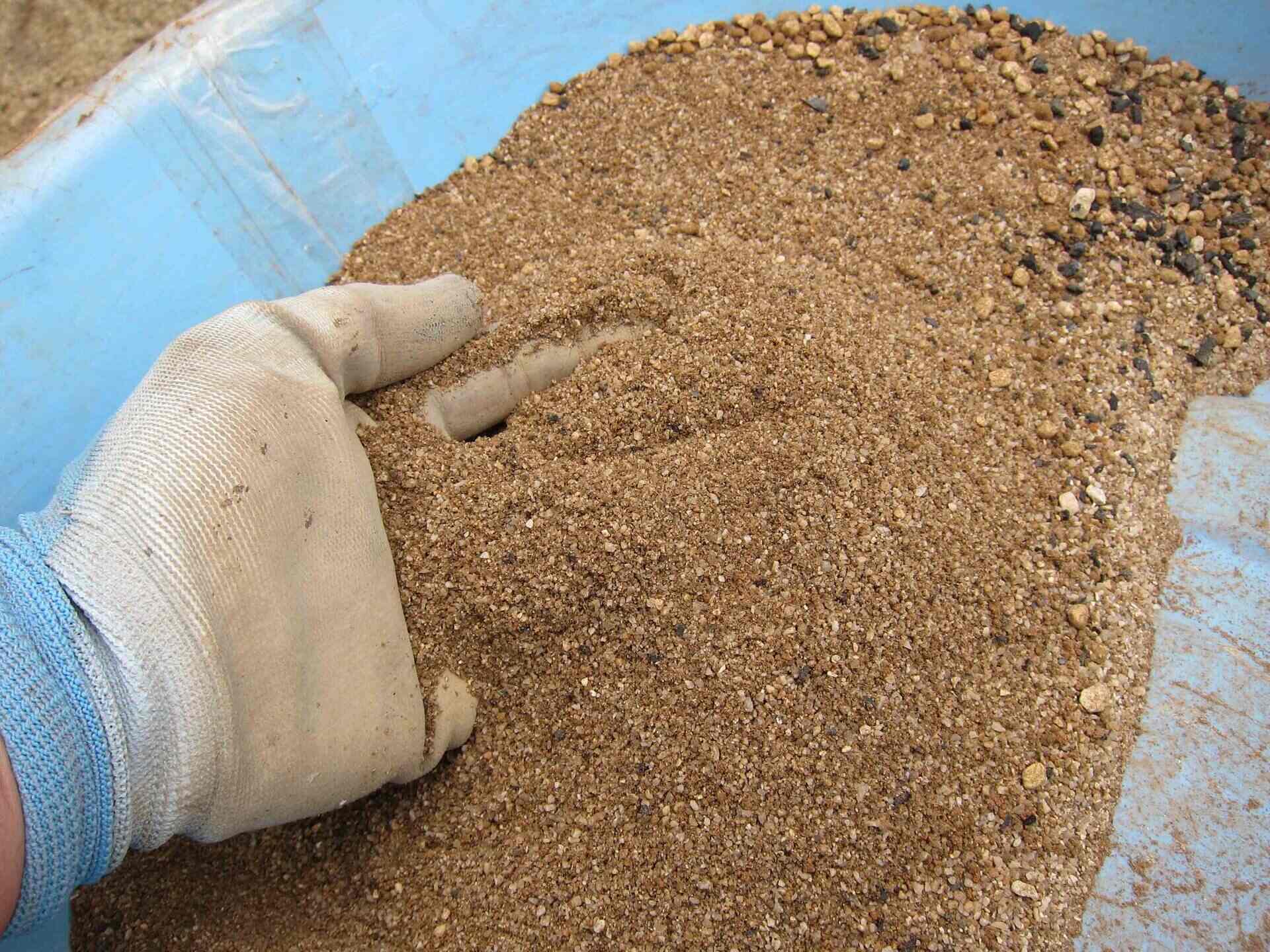
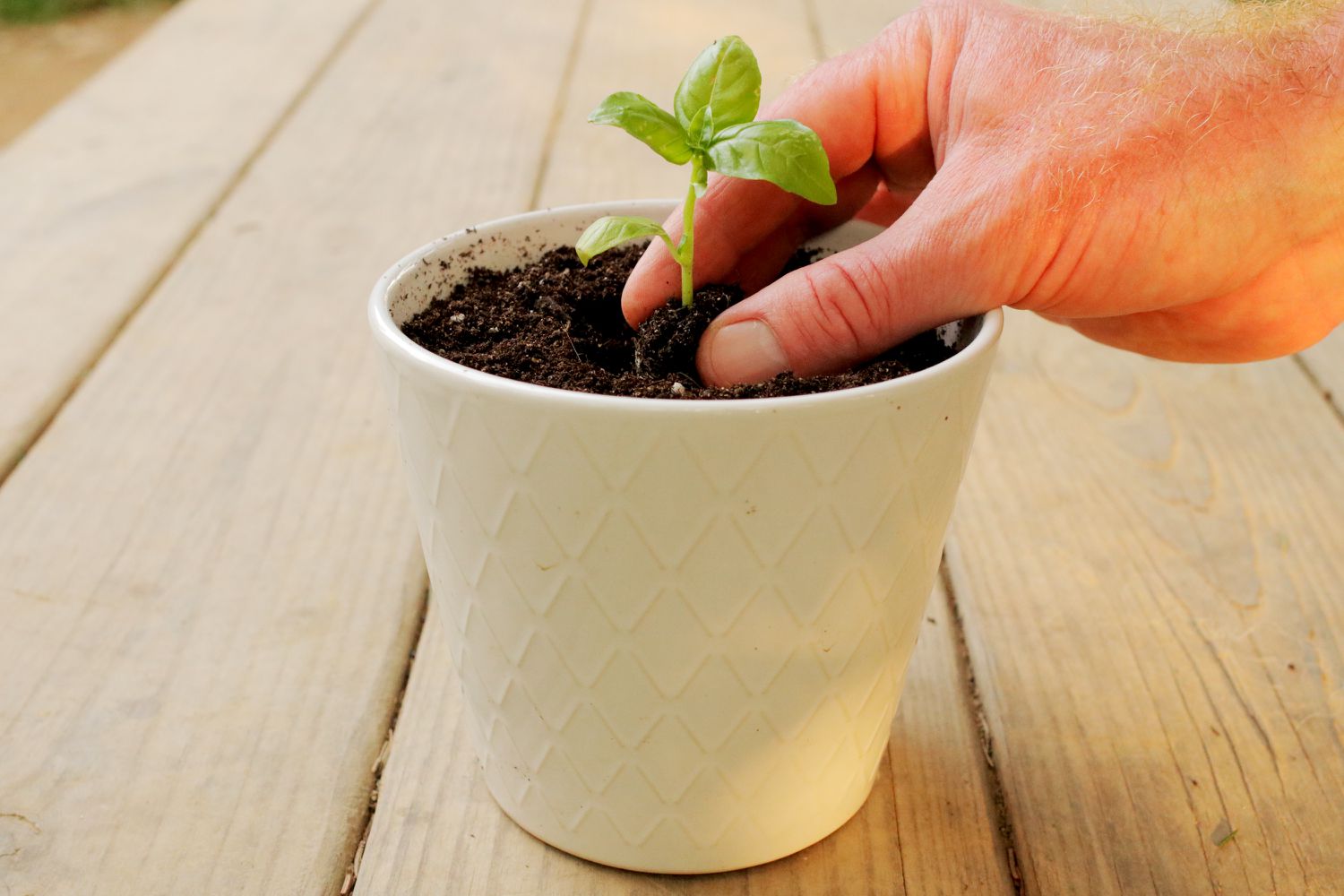
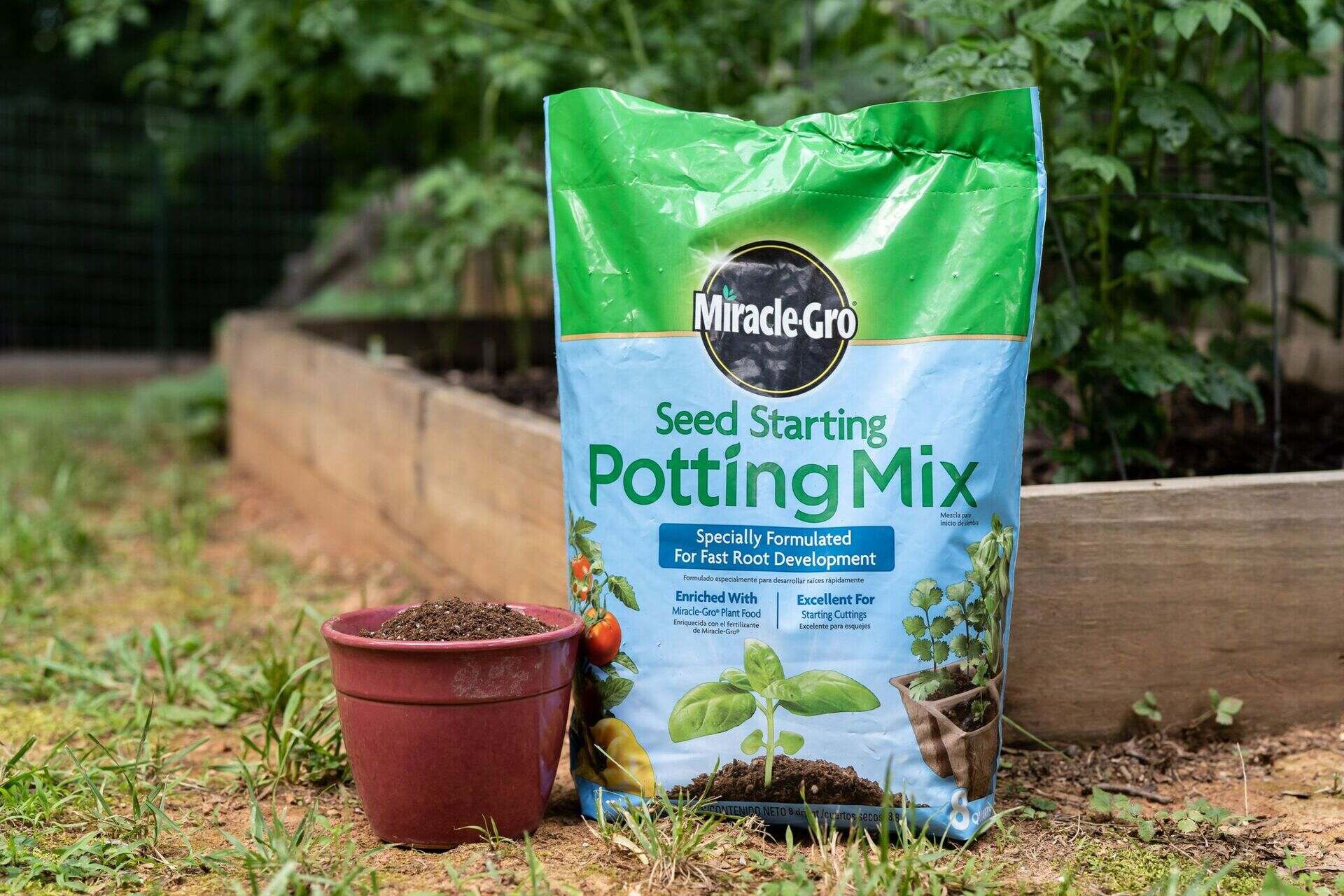
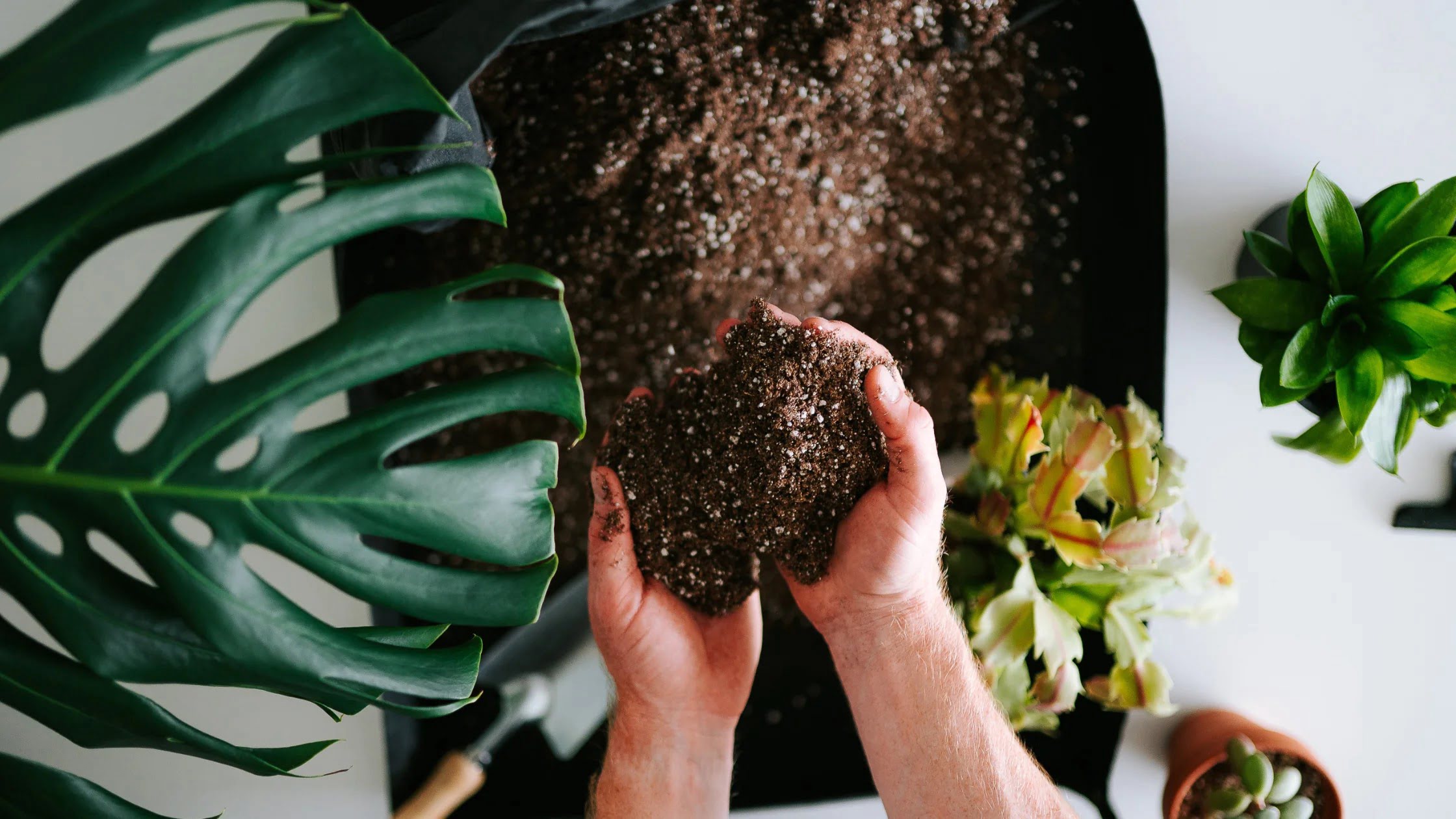
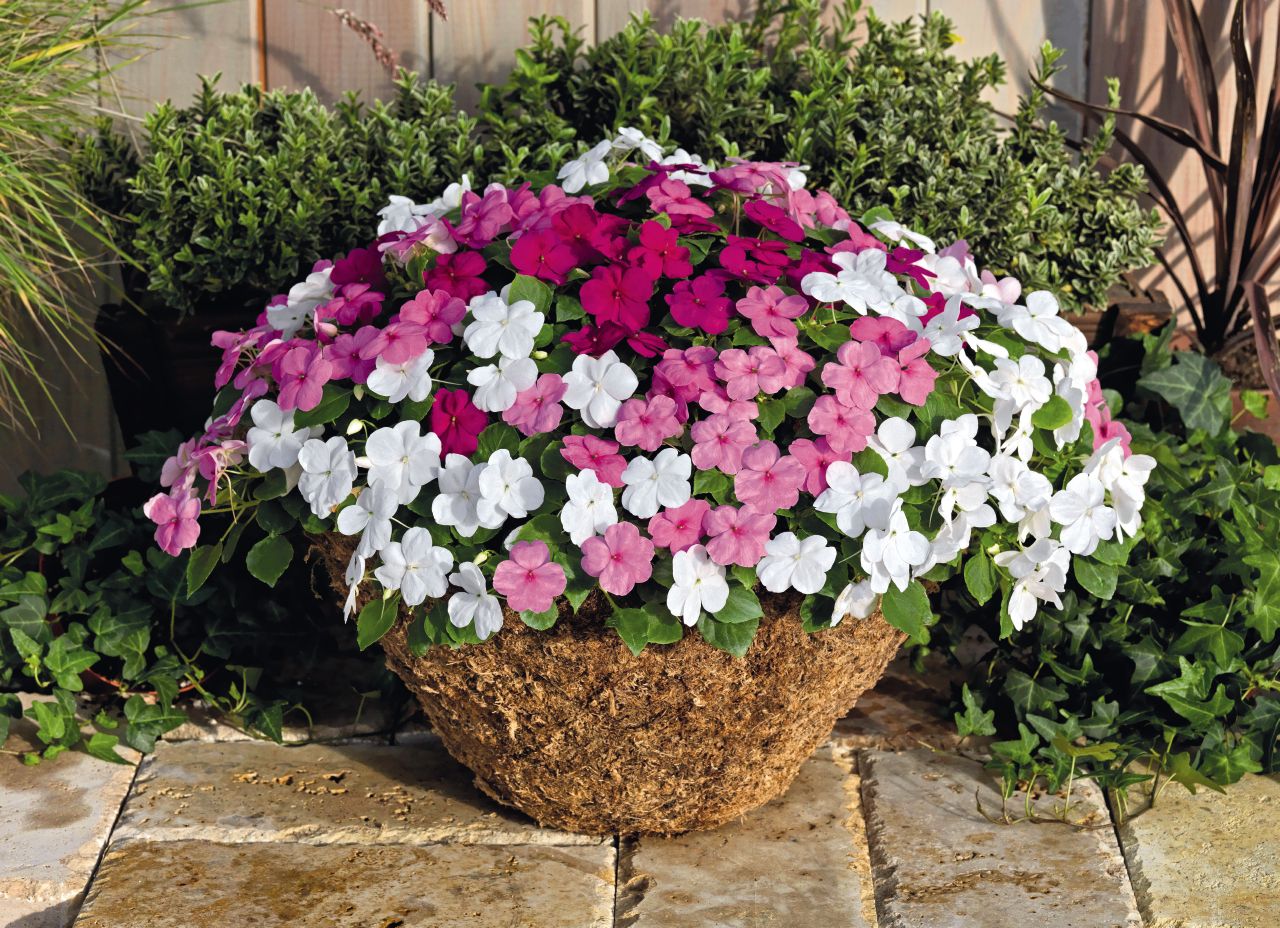
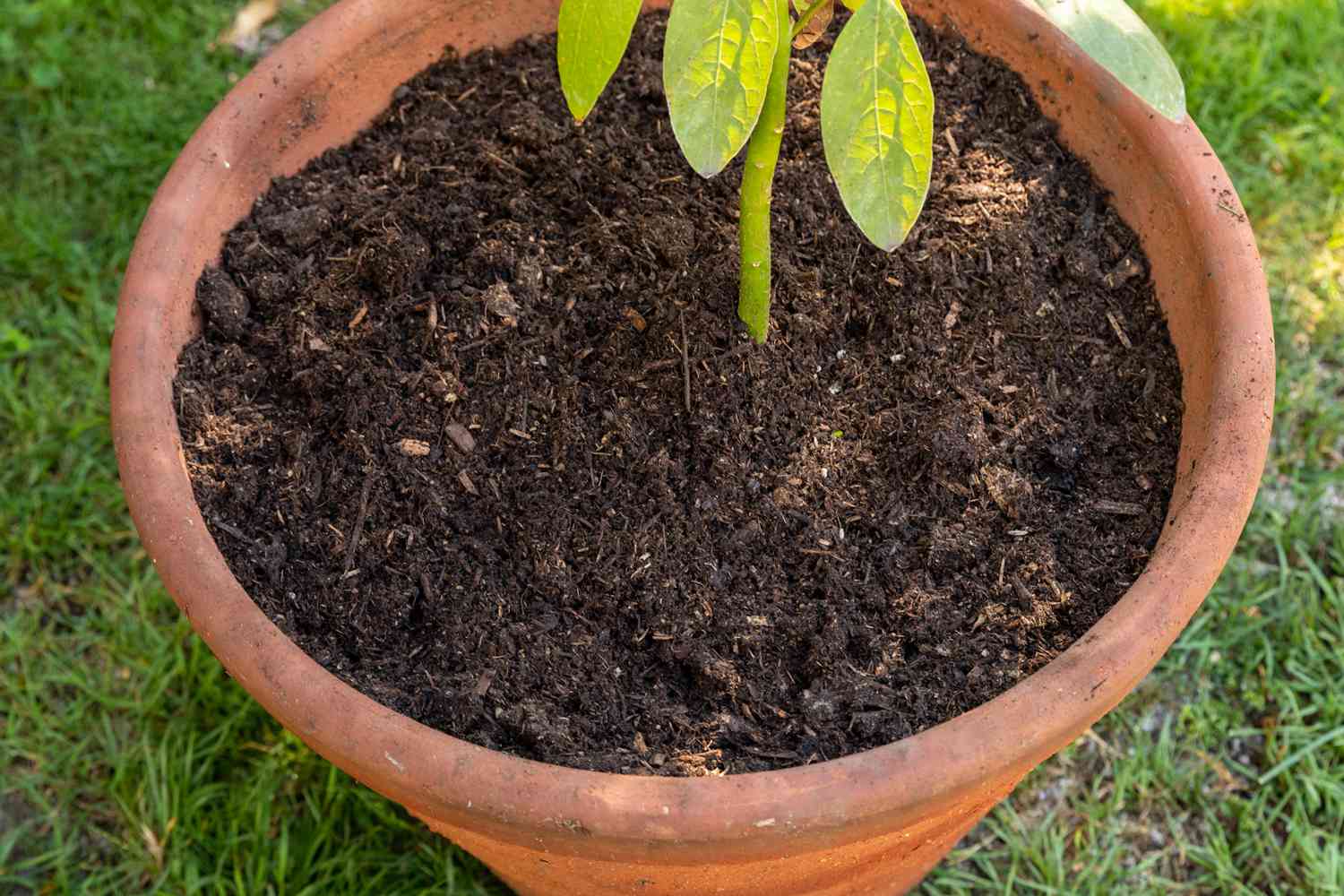
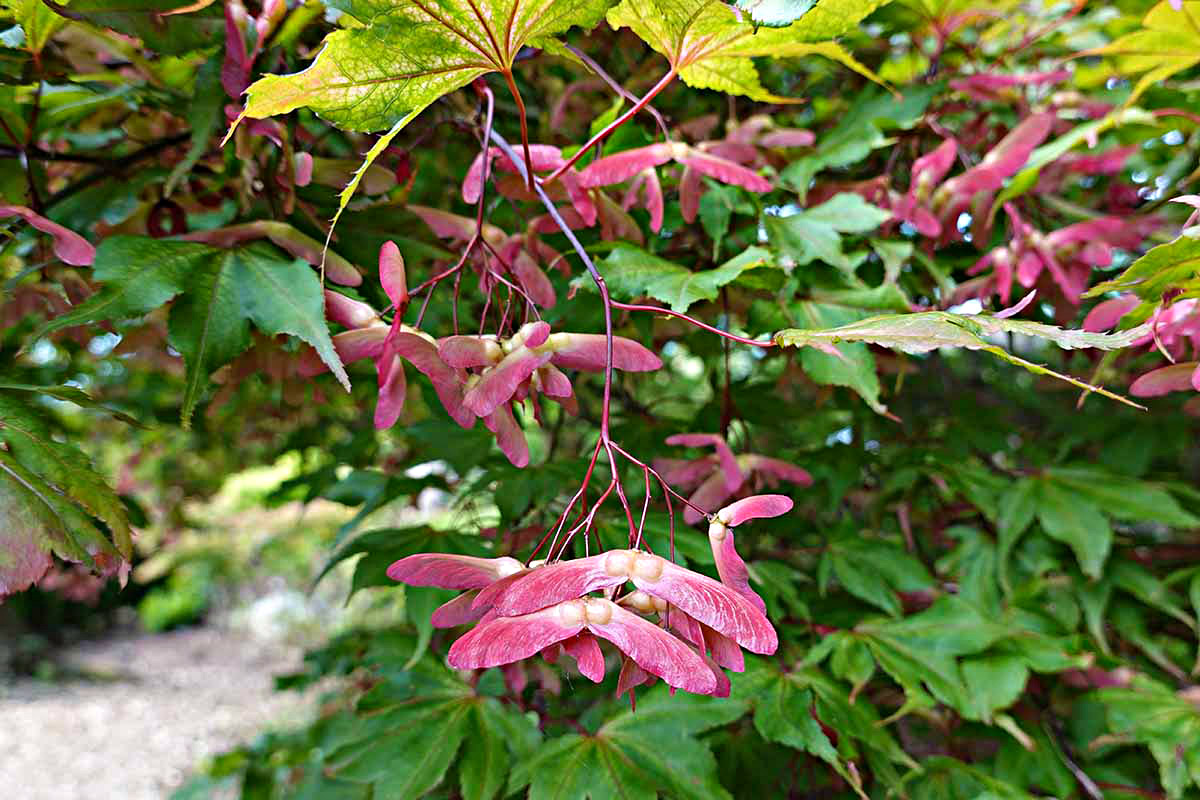
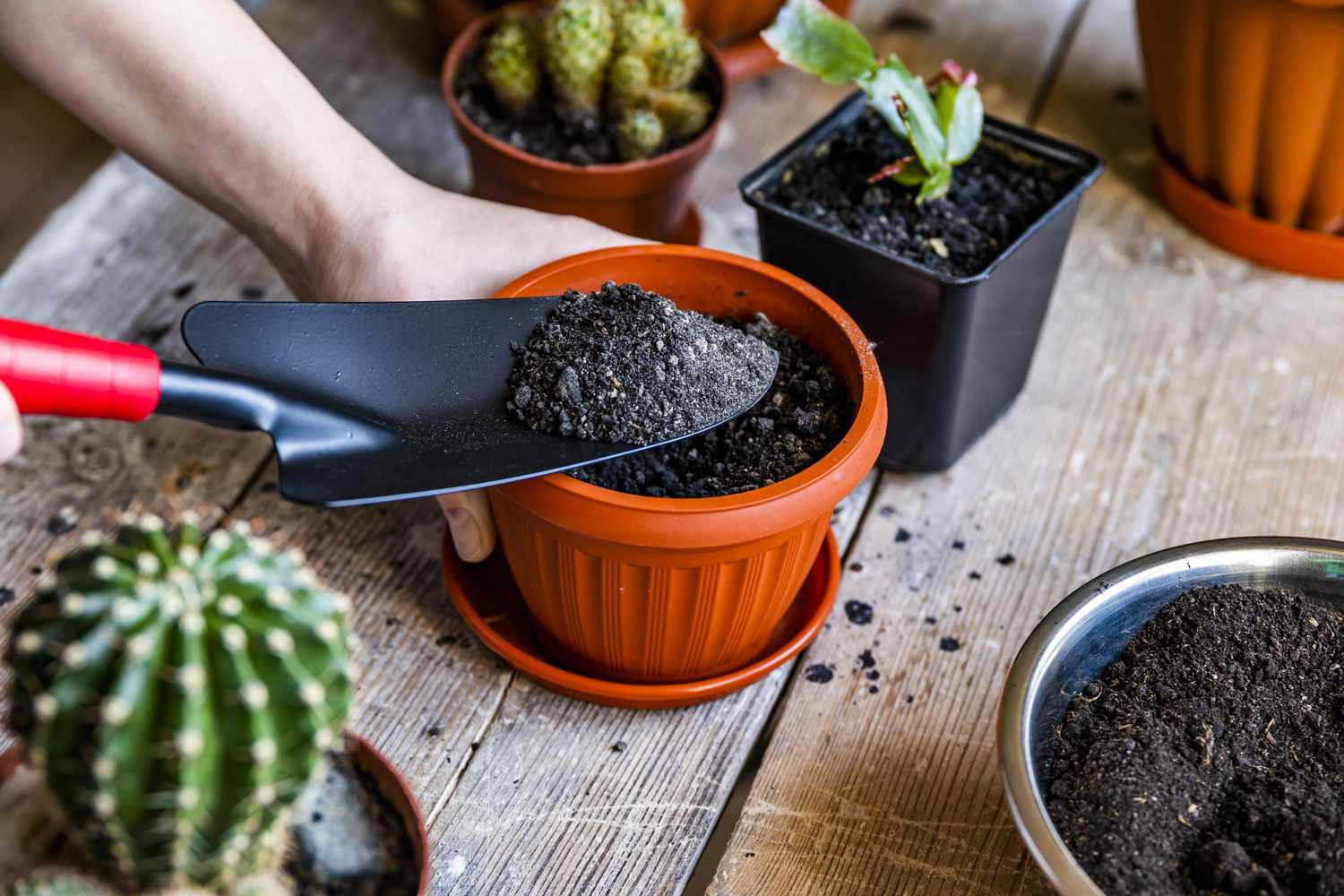
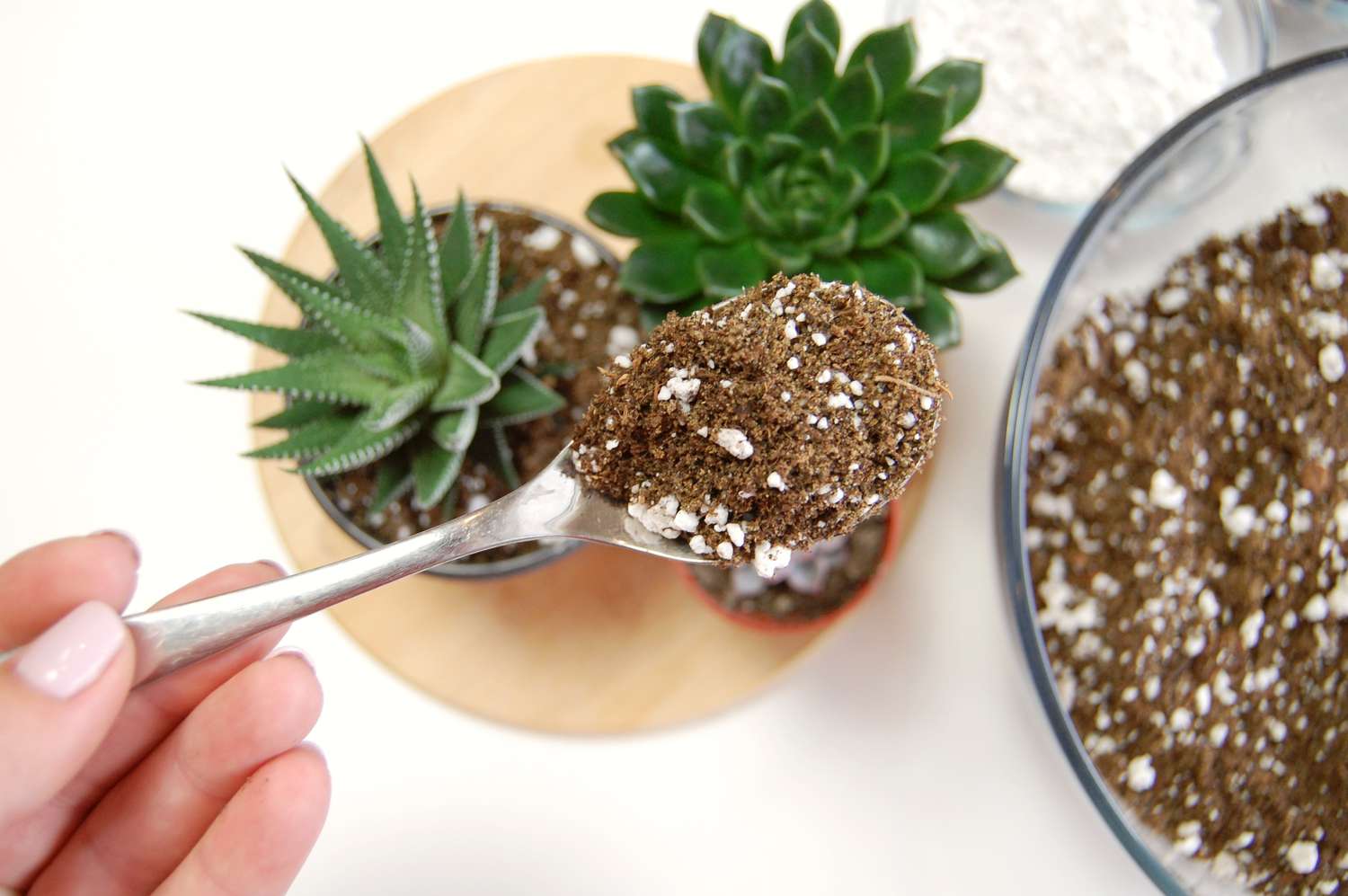
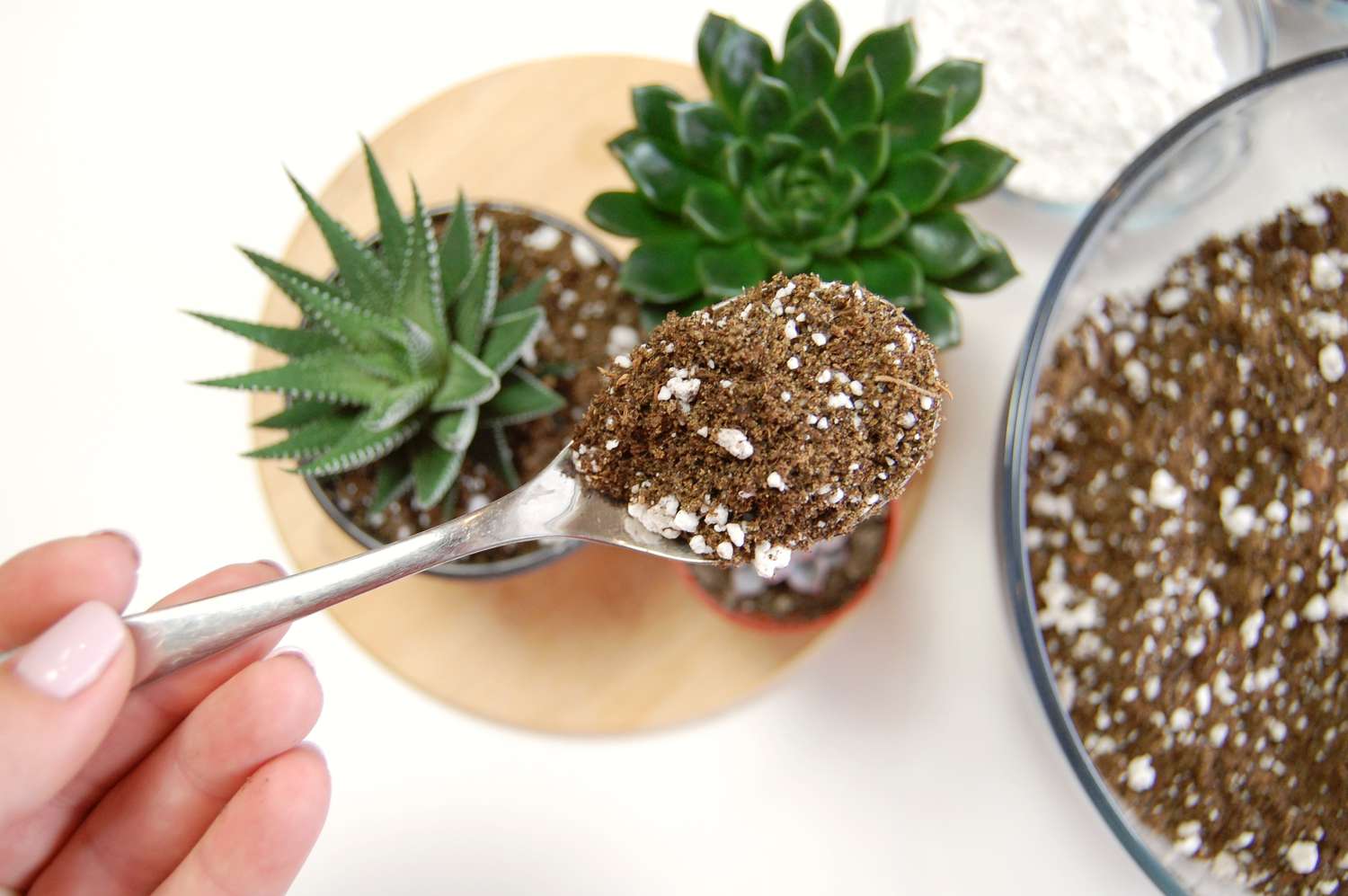
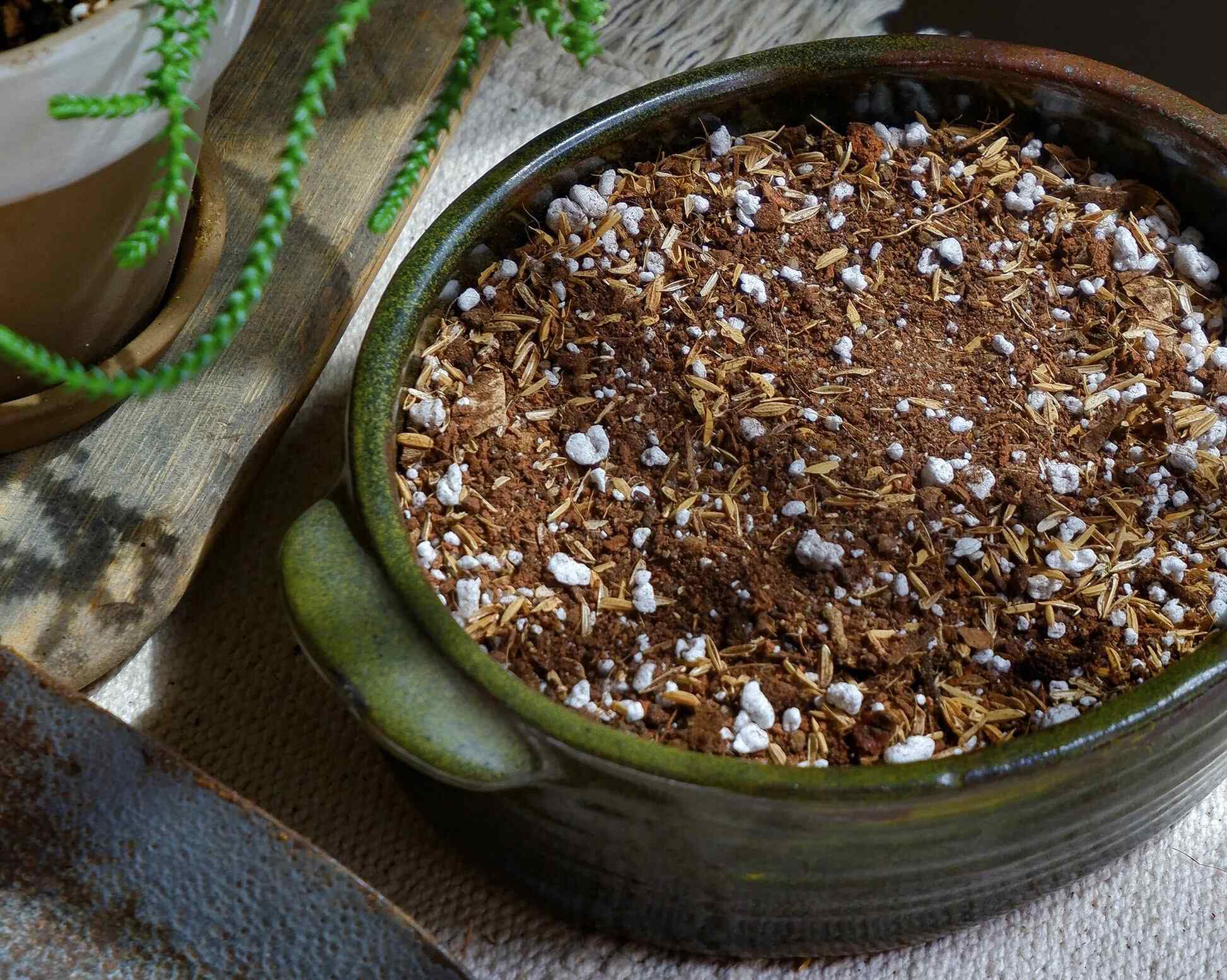
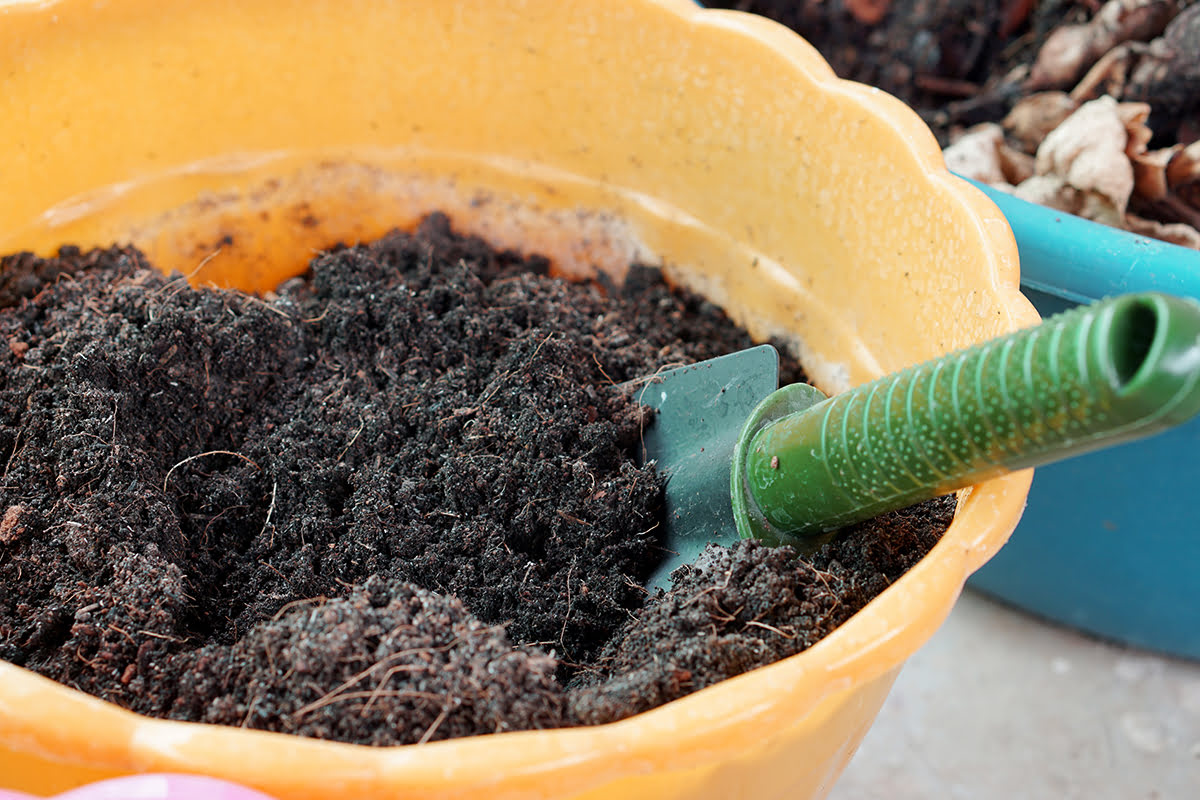
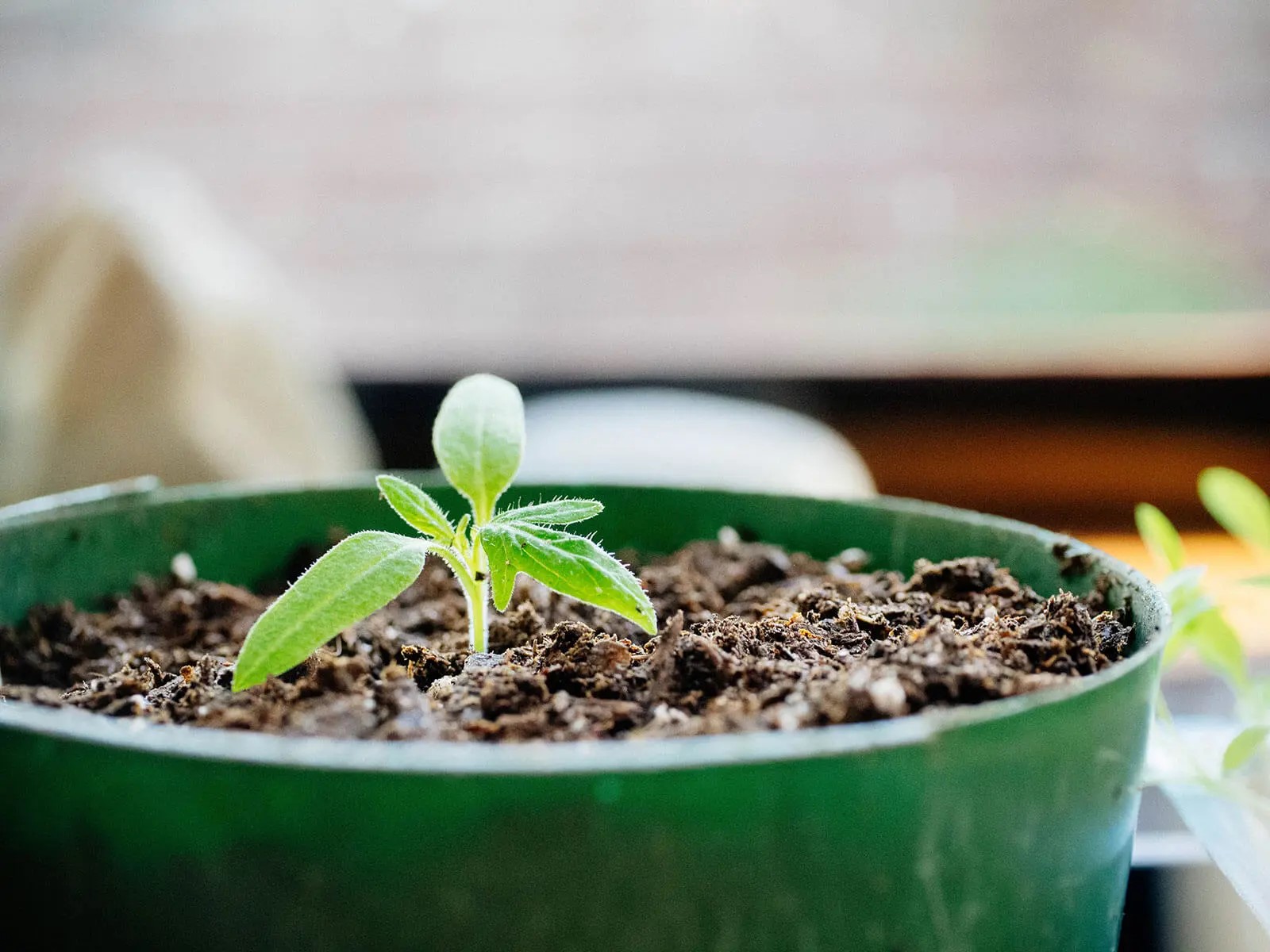
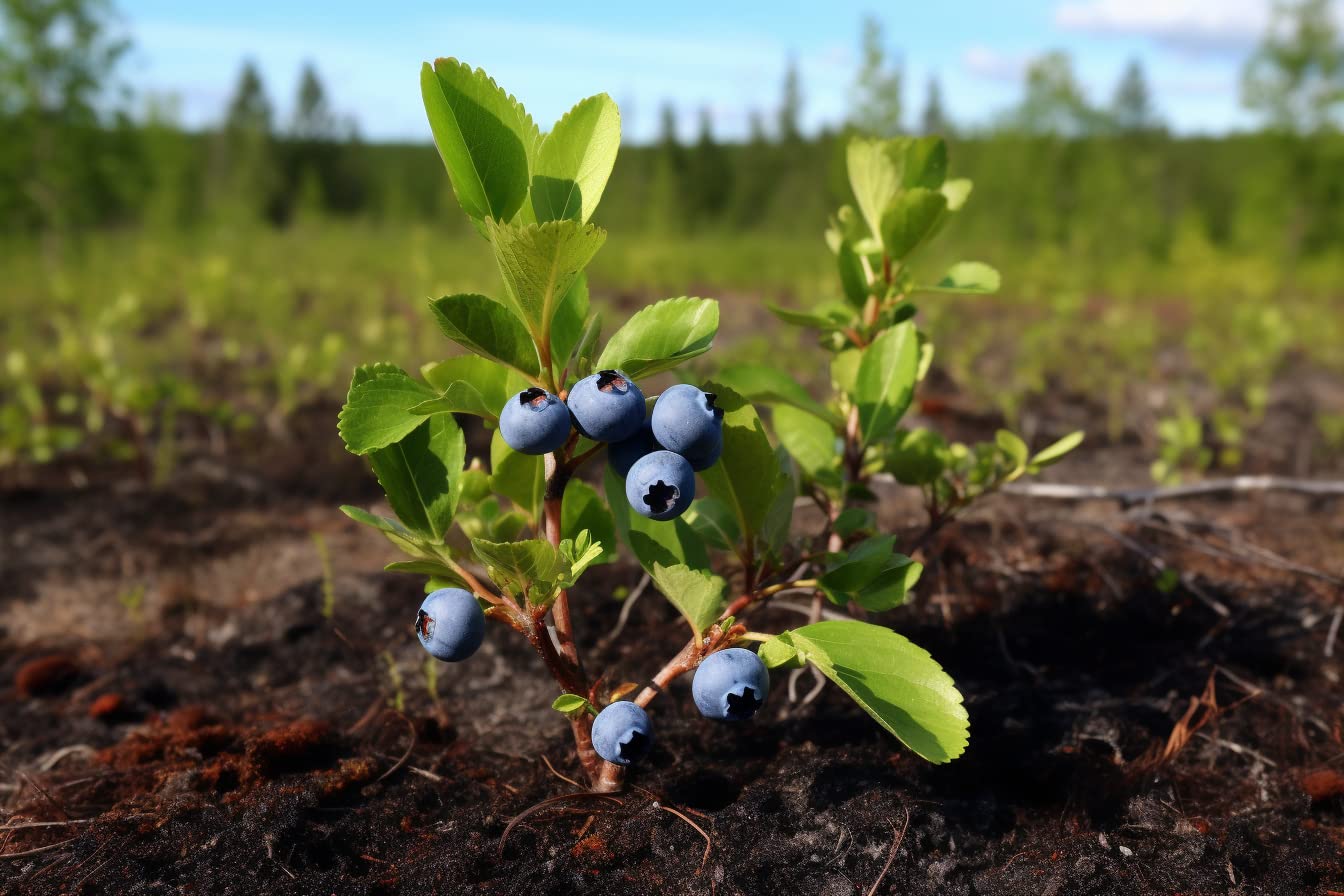

0 thoughts on “What Is A Good Soil Mix For A Japanese Maple Bonsai?”